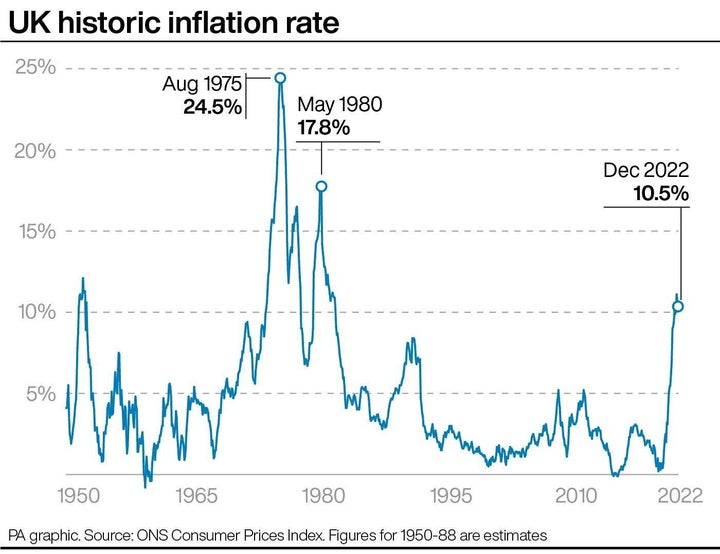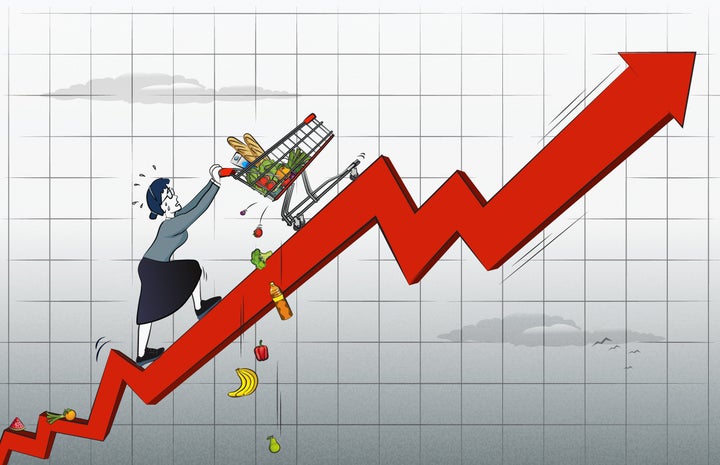
The UK, like much of Europe, has faced a difficult cost of living crisis over the last year.
Prices everywhere seem to be spiking, and the economic outlook looks especially bleak in the UK right now – especially as the IMF has predicted that we will be the only G7 country with a shrinking economy this year.
The government has frequently pointed to Vladimir Putin’s invasion of Ukraine to explain away many of the economic problems we’re facing – but is that accurate?
When did the cost of living start?
The UK has seen a fall “real” disposable incomes after inflation, taxes and benefits, since late 2021.
That’s before the Russian-Ukraine war broke out and Western allies imposed their first set of sanctions against Moscow since 2014.
Backbench Tories started to express their worries about it back in January 2022, a month before Russia actually invaded its European neighbour.
Covid meant global supply chains were left struggling with a combination of pent up demand, shipping delays, lockdowned factories and staff absences just as global lockdowns were lifting.
Then there’s the knock-on economic consequences of Brexit (something the government has not really acknowledged), which only really began on January 31, 2020.
The immediate consequences of that were overshadowed by the first Covid lockdown, less than two months later, which means our current situation seems all the more difficult.
So while the Ukraine invasion is far from the only factor behind our current crisis, it certainly hasn’t helped.
What impact has the Ukraine war had on the UK economy?
It began with fossil fuels
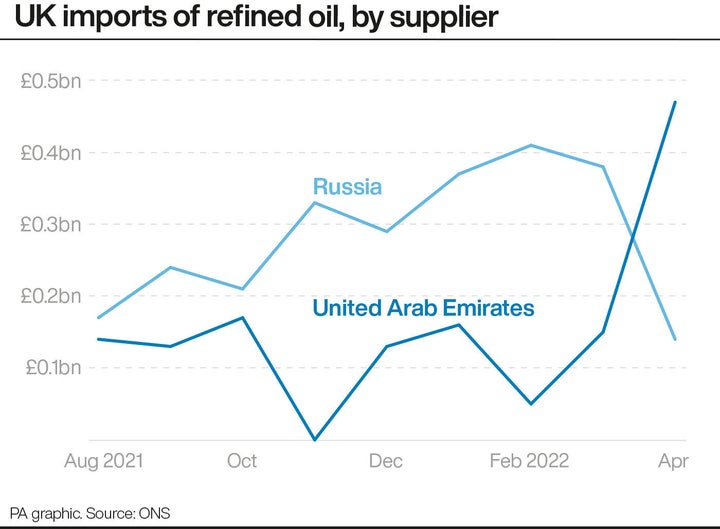
When Russia invaded Ukraine, the West slapped the most severe sanctions on individuals and businesses ever imposed on any major economy.
This does mean it seems strange that the Russian economy is still expected to grow more than the UK’s this year, despite these unprecedented measures.
But, the UK also banned all Russian oil and gas in its package of sanctions (along with the EU and other partners), even though the country is the third largest oil producer in the world.
This had a negative effect on everyone who bought Russian supplies though, as it reduced the overall pool which many European nations relied on.
And while the UK was not reliant on Russian imports, the rest of the EU was, meaning the overall supplies for the West are now squeezed as a result.
After all, more than a quarter of the EU’s imported oil came from Russia last year. Between the start of the war in February 2022 and the beginning of April, Europe actually increased the amount of fuel it bought from Russia.
Then it impacted energy prices
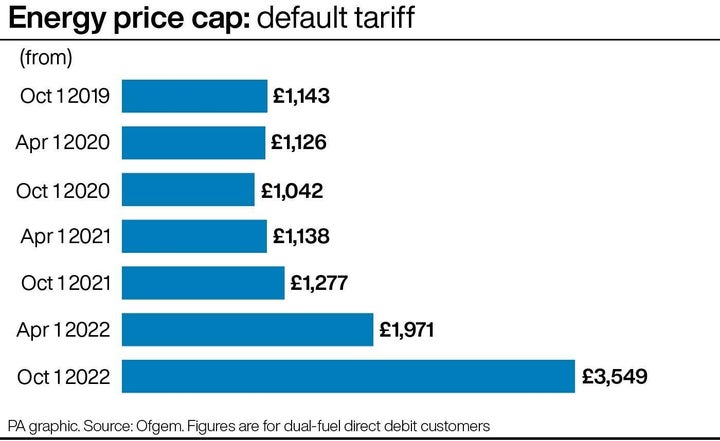
Because the price of fossil fuels went up, so did energy bills all around the world, as so many countries still rely on natural gas for electricity.
And although energy giants are now raking it in with record profits, many actually lost a lot of money during the pandemic due to global lockdowns – and so are now trying to make up for this lost period, rather than offering their customers lower bills.
The UK was particularly impacted because UK homes are not very energy-efficient and notoriously drafty.
We’re also dependent on natural gas for heat. This means it costs more to heat British households, especially in the winter.
Then food started to increase in price
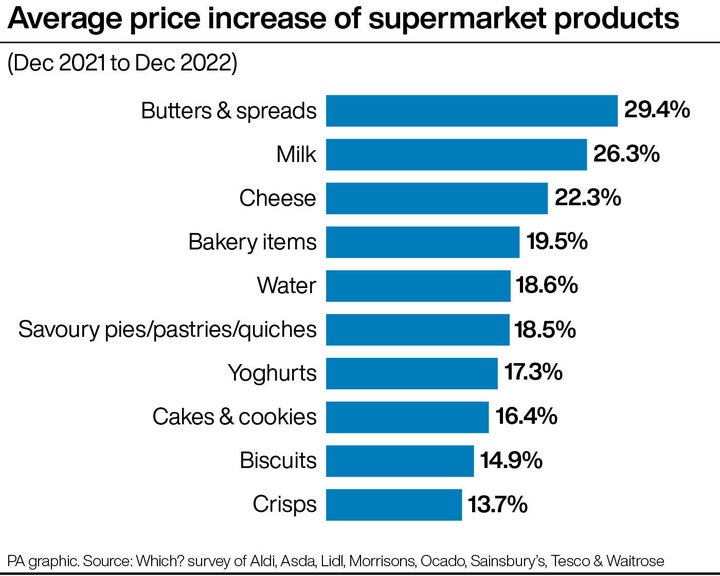
Higher energy bills then trickled down to more expensive food, which is why so many people over the winter were left choosing between heating and eating.
Russia and Ukraine also account for 29% of all wheat exports – and Moscow has tried to enacted a partial ban, squeezing global supplies.
Rising transport and packaging costs are making imports more expensive (especially as war in Ukraine was driving up the price of plastic packaging and the UK also imports a large proportion of its food).
Almost all the fish eaten in the UK and more than 90% of the maize products are imported, that’s more than in the EU or the US.
So it makes sense that in December 2022, food price inflation was at its highest since September 1977, when the ONS estimated it was at 17.6%.
Food has been leading the way when it comes to the inflation rates.
Even when core inflation, excluding food, energy, alcohol and tobacco, fell from 6.3% to 5.8%, it’s notable that the overall average inflation is still at 10.1%.
